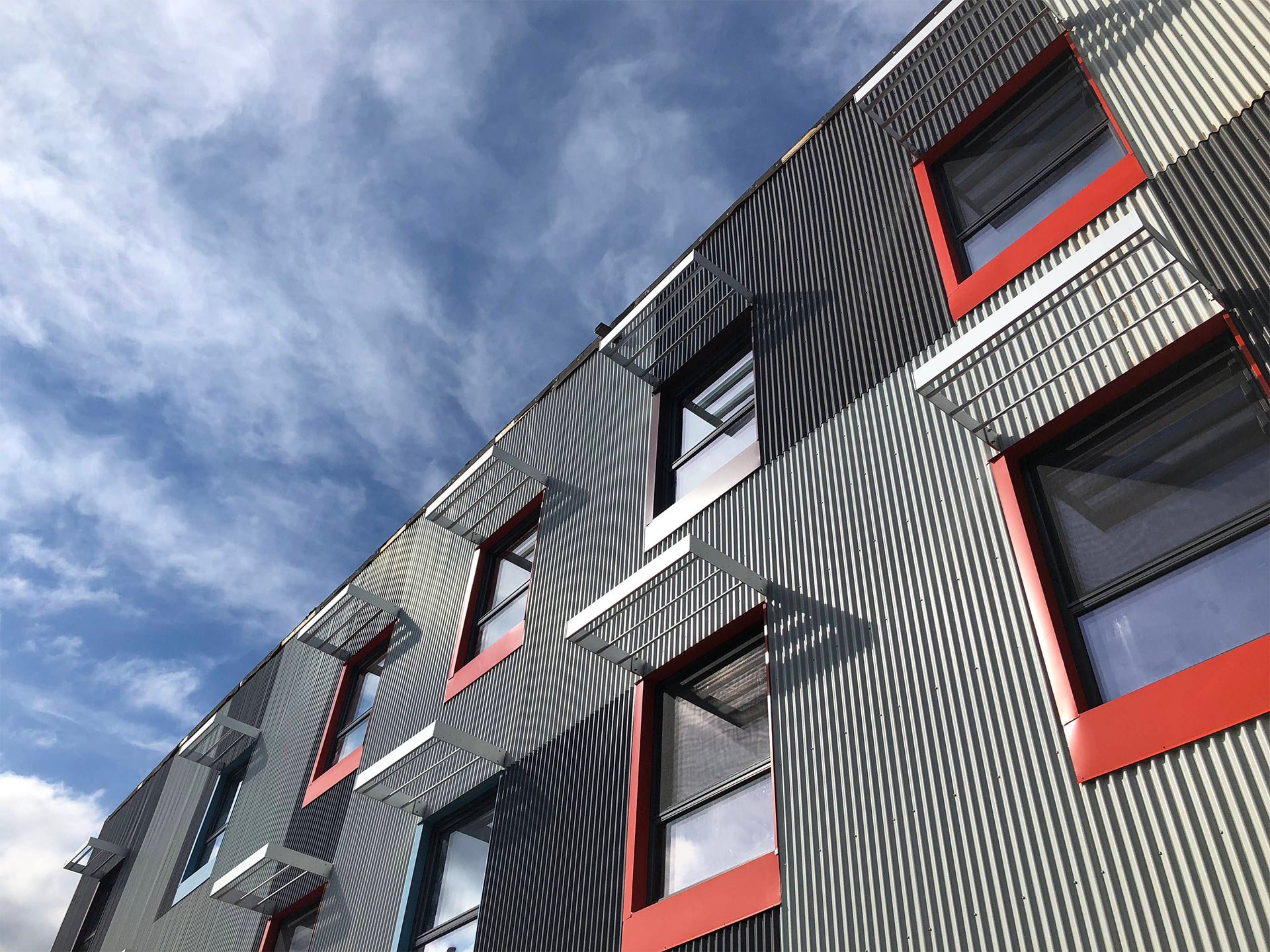
Home of the Canadian
Passive House Movement
We are Canada’s first national non-profit organization supporting the passive house community to build a more sustainable Canada and planet. We welcome a diversity of approaches and voices to connect, share knowledge, and promote passive house projects.
The Basics
Air-Tight
In a passive house building envelopes are required to be extremely airtight, especially when compared to conventional construction standards. Dramatically reducing leaks where heat and air can escape increases a building’s energy performance and overall durability while reducing common building issues caused by moisture.
Advanced Windows
A high performance building requires high performance windows! Passive house windows need to have good insulation and air-tightness qualities. This usually means a triple-paned window designed with thermal breaks and built-in insulation. The result is greater comfort, low to no condensation, and a significant reduction in sound penetration from the outside. The size, location, and amount of windows is also crucial to determining a building's performance.
Thermal Bridge Free
Thermal bridges are responsible for heat traveling from inside a home through to the outside because of a conductive material in the building envelope. Traditionally designed buildings have lots of these, like a concrete floor that continues outside the building to become a balcony. Passive homes are designed and built to avoid this problem.
Super-Insulation
Like a thermos or sweater that keeps you warm on a cold day, proper insulation allows a passive house to retain heat generated as a by-product from your body, the sun, appliances, and other sources in the home. High levels of insulation greatly reduces the demand for heating and cooling, in turn helping you to save money and lower your carbon footprint.
Balanced Ventilation
To maintain high air quality in an airtight structure a passive home needs a balanced ventilation system. Although you can certainly open your windows in a passive house, high efficiency heat (and humidity) recovery systems are part of the ventilation system to maintain a comfortable temperature and humidity range by ensuring that the stale air is removed while a steady stream of fresh air is always supplied.
Shading & Orientation
Building orientation plays an important role in passive house. A south facing building can provide free heat from the sun but requires proper design and shading to control overheating in summer months. Consideration of seasonal prevailing winds as well as tree and building shading affects are importance to the buildings performance.
Image: George Qua Enoo






